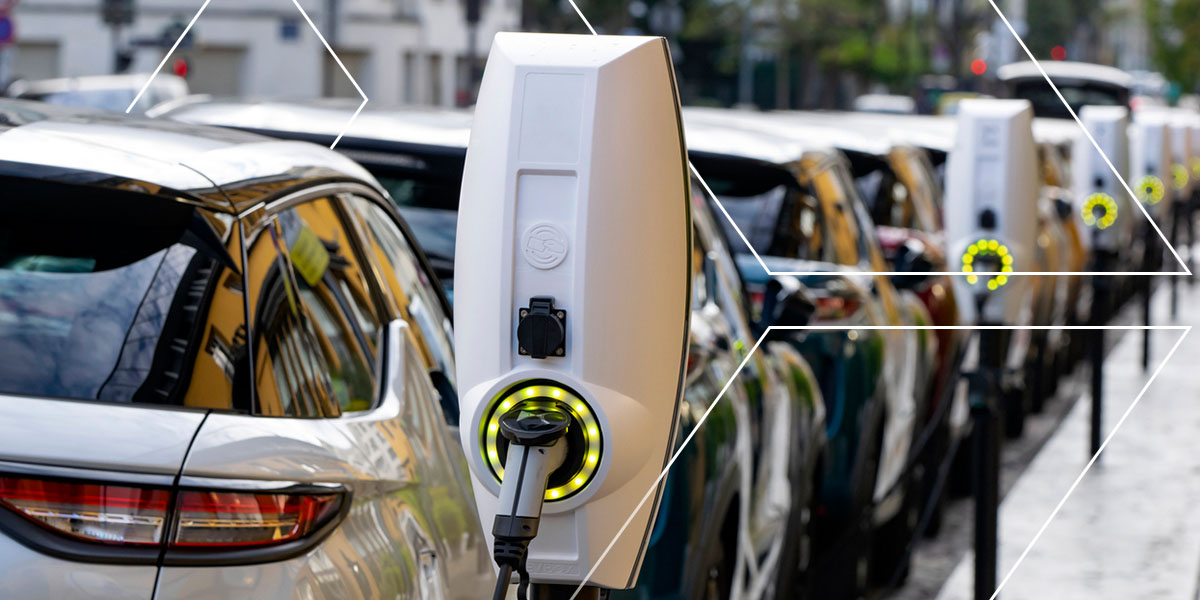The Electrification of Transportation
With electric vehicle (EV) use on the rise, the increased demand on the power grid calls for consideration. While EV charging stations use energy on par with other household appliances — only drawing around 7,200 watts — the growing number of electric cars and charging stations will mean higher demand and a need for balance. The power grid can accommodate growing transportation electrification trends with a strategic approach.

What Is Electric Vehicle Grid Integration?
EV grid integration refers to the process of integrating electric vehicles into the existing electrical grid infrastructure in a way that maximizes the benefits of both the grid and the EVs. This involves managing the interaction between EV charging and the electricity supply, distribution, and demand of the grid. The goal of EV grid integration is to create a harmonious relationship between the growing EV market and the stability, efficiency and reliability of the power grid.
If the power grid is not prepared for an increase in load due to EV use, it could cause brownouts or localized or widespread blackouts. A brownout occurs when the voltage levels in the power grid drop. Brownouts are often a precursor to a more sever problem like a blackout. Blackouts can have significant consequences for society such as public safety issues, disruption of essential services, and economic impacts, making electric vehicle grid integration more essential than ever.
Will the Grid Be Ready for EVs?
In the United States, the current power grid system is a work in progress. The system relies on several hundred thousand miles of power lines connecting different regions. The challenge lies in ensuring each of these fragmented grids can manage the increase in demand from EV use.
The U.S. power grid can handle electric cars better in the coming years by implementing a few smart strategies to ensure demand does not exceed the grid’s capacity. Over the next decade, cities can use a few different vehicle grid integration strategies to balance the pull on the power grid, including:
Geospatial Mapping
By mapping out how different areas use power, officials can better understand the current demands on the grid. They can use this data to deploy EV charging infrastructure that conforms to local traffic patterns and to distribute energy more evenly.
Smart Charging
Also called managed EV charging, smart charging strategies help cities use renewable energy more effectively. With smart charging, cities can manage high electricity demand and fill in demand valleys to create a more flexible grid. Most importantly, smart charging can pull power from the grid to save it for higher-demand periods.
Renewable Energy
Many cities have already begun implementing strategies using renewable energy sources like wind and solar to take demand off the power grid. Expanding this infrastructure is essential to accommodate the increased load on the grid that widespread EV adoption will require. Some states have started offering businesses and individuals tax incentives for installing renewable energy.

TRC’s Fleet Electrification Consulting Services
TRC helps clients navigate EV grid integration with consulting, construction, engineering and management services. We combine science with the latest technology to ensure our clients can connect, design and fuel the world forward.
Contact TRC to learn more about EV grid integration.


